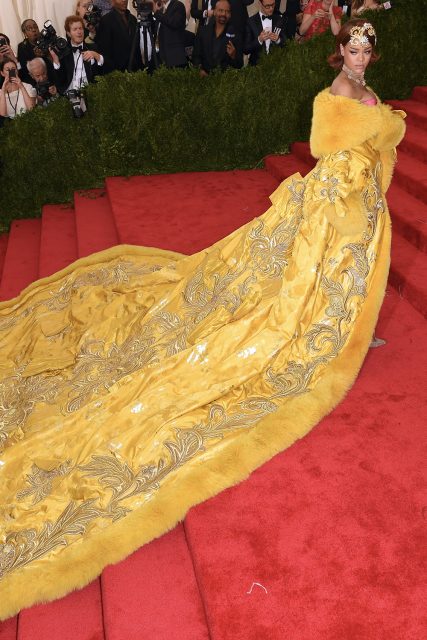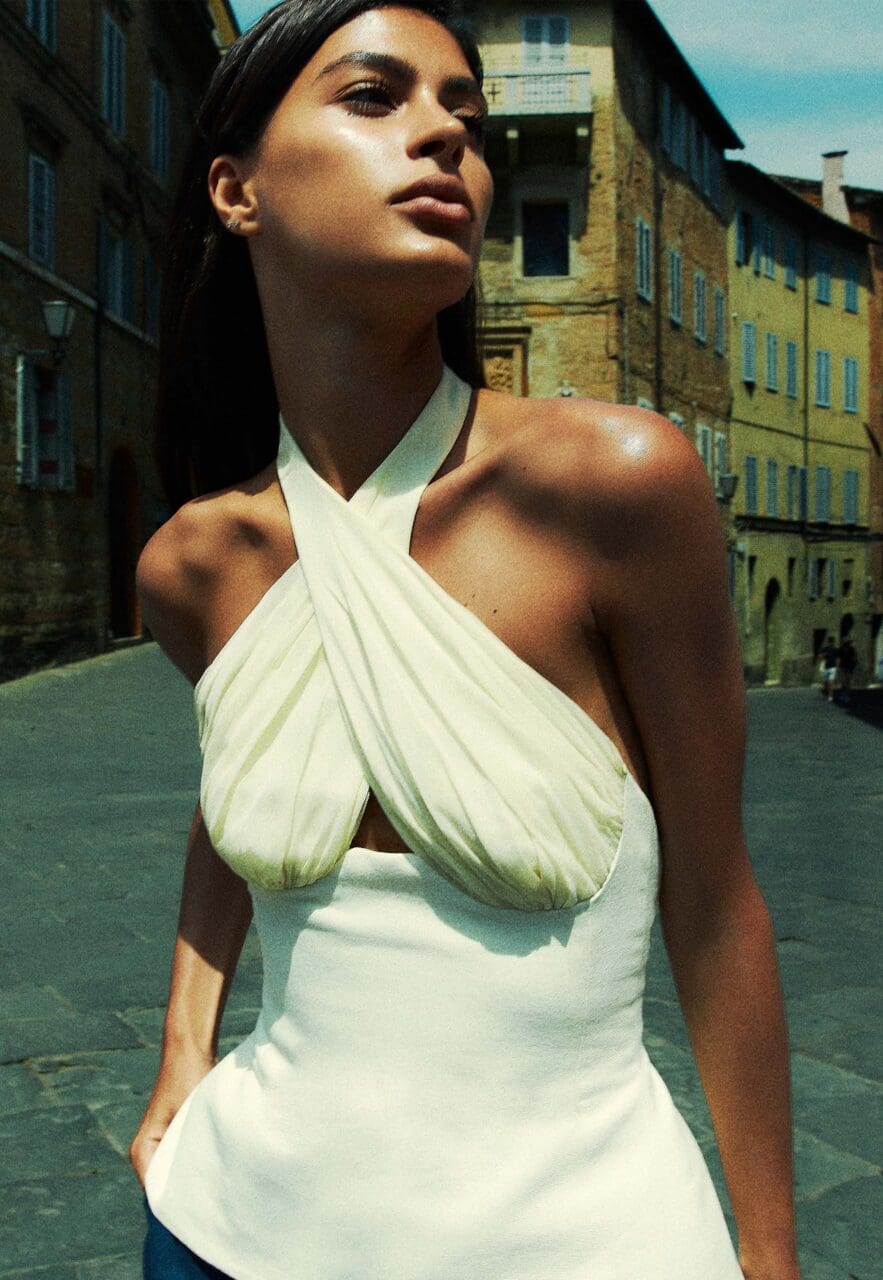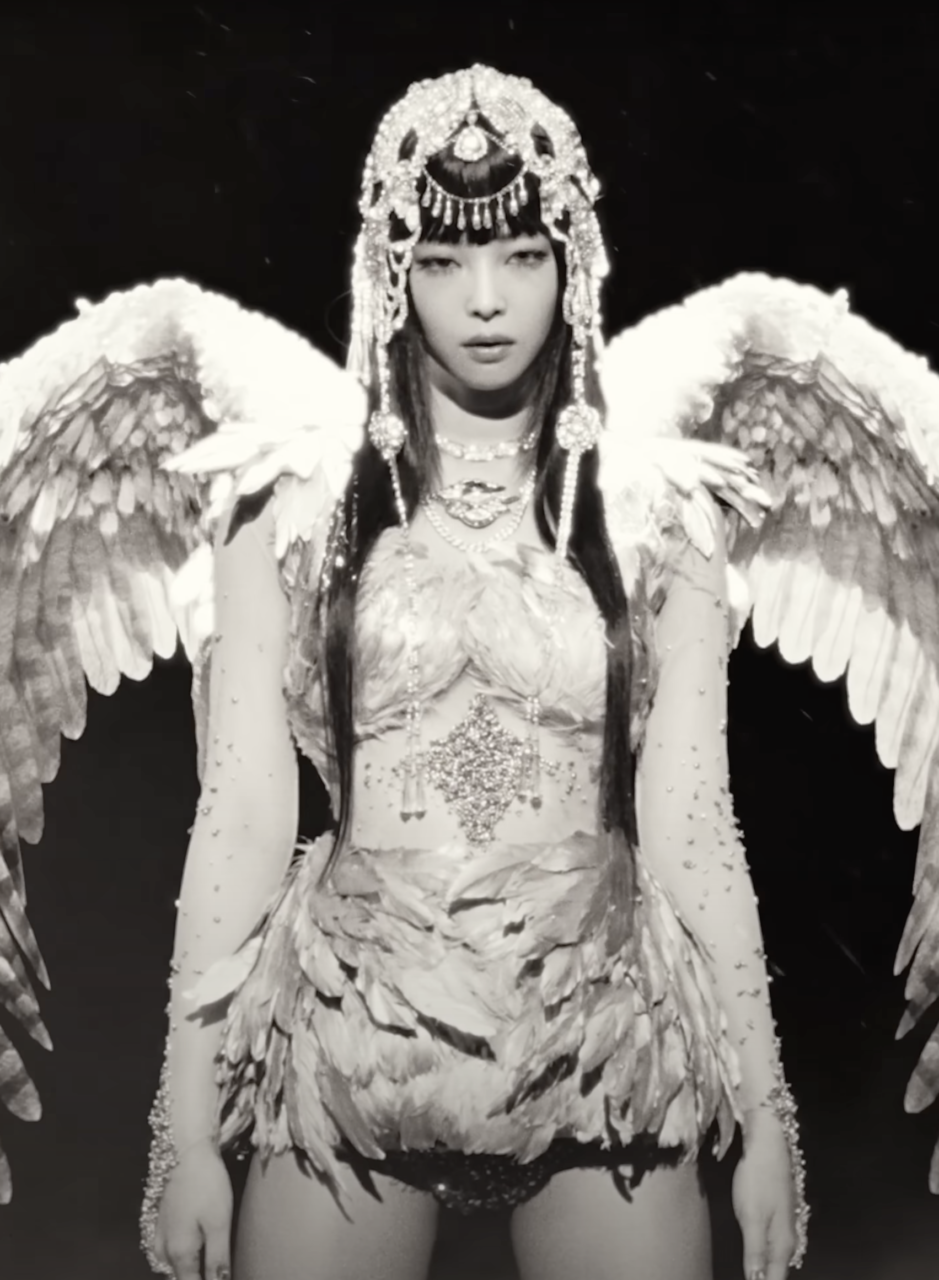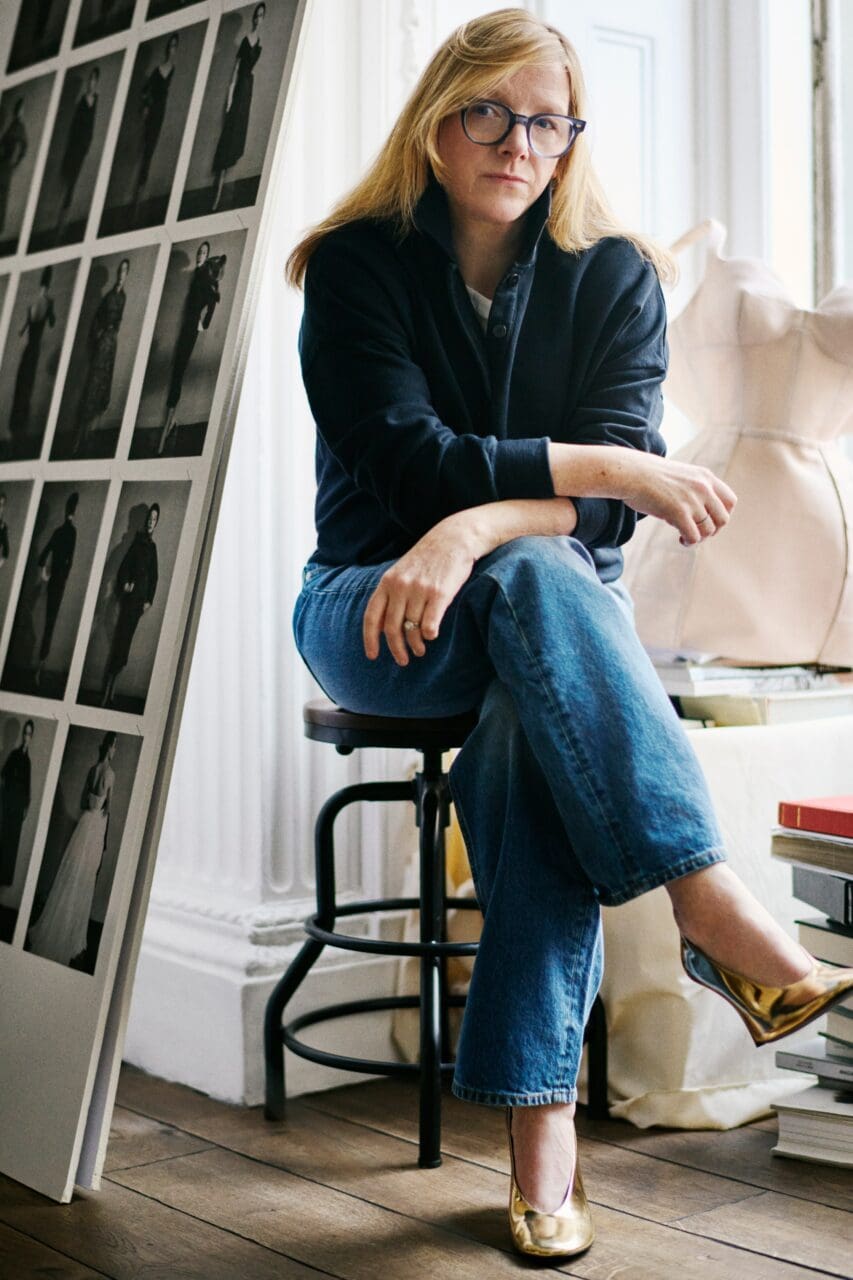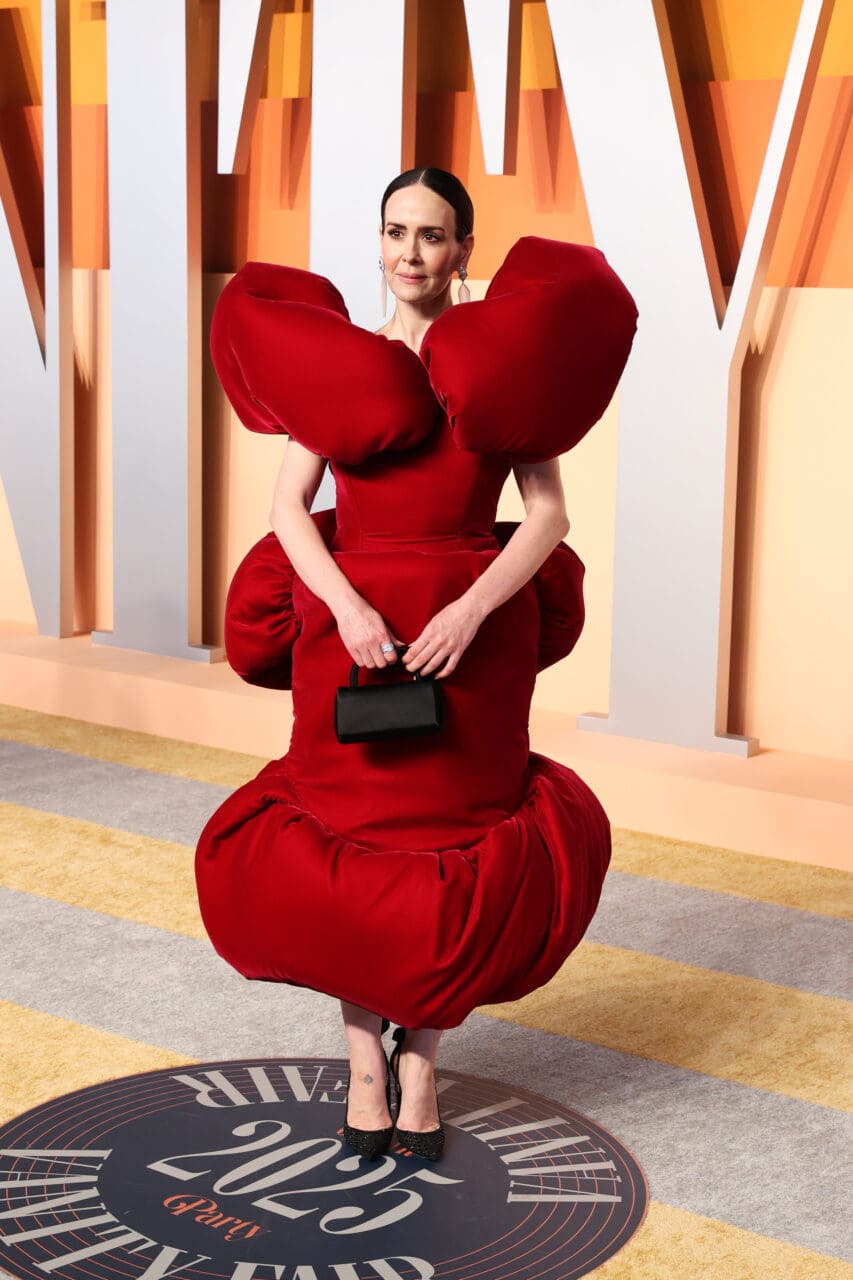For Victoria Tang-Owen, taking a seat at the table of the family business has not involved following the traditional route. As the Creative Director of Shanghai Tang, the brand founded by her father Sir David Tang back in 1994, she now sits at the helm of an endeavour firmly rooted in his very personal aesthetic. That he died two years ago, and that the brand itself was sold to Richemont in 1998 before undergoing two acquisitions in the years since, has done nothing to dilute his significance all around. Still, for the 34-year-old mother of one, who trained in Graphic Design and Photography at St Martins, whilst this move may have been a surprise, it wasn’t one she was going to flinch from. “It wasn’t an intimidating prospect,” she says, sitting down on a green velvet sofa in the luxurious, chinoiserie wallpapered surrounds of the tailoring showroom of Shanghai Tang’s flagship on Hong Kong’s Duddell Street.
This isn’t the first time Victoria has worked closely with her father – whether you’re talking about his legacy, or him in person. “Back in 2012, he wanted to start a new lifestyle brand, Tang Tang Tang Tang, recreating what he had in mind for Shanghai Tang, but in a more fun way. And, I wanted to be a part of that, because what better way to learn than from my father first hand,” she starts. Not that getting involved in his project was easy. “I basically forced him to hire me as a designer, he really didn’t want me to be involved in any way!” she laughs. But, having convinced him to bring her on board, she oversaw all branding, getting involved in everything from production to design. “Along the way, I found my voice becoming more prominent. I helped him conceptualise it all.”
After her stint there, Victoria went on to found the Creative Agency Thirty30 with her husband Christopher Owen, a business they still run together today. But, it was a call to the offices of Shanghai Tang after its acquisition by Hong Kong based Venture Capital firm Lunar Capital in 2018 that propelled her into the position we’re here to talk about today. “I just assumed they wanted to ask about my father. Then, they dropped the question. I was really shocked. It took me some time, it’s a big move, but I’m very glad that it happened. Now, I’ve been here for a year.”
In that time, Victoria has taken the core elements of Shanghai Tang’s initial offering and expanded on them, keen to reinvent them for a younger, modern audience. “Digging into old memories of when my father used to pick me up from school in his Cheongsam, with his cigar, he was the persona of the whole brand. He was trying to do something very different and stand out from the crowd, and that’s what made it so special.” She recalls a childhood spent on the shop floor of the label’s iconic Pedder Building store. “It became like a second home to me. After school, my brother and I would go and wait for him there, we would treat it as a playground. Shanghai Tang itself was built on the concept of the glorified 1930’s Shanghai Bund era. For me, it was very much a place where we could have the best of things, bringing Chinese heritage, culture, crafts together in one place. So, growing up, I’ve been soaked in these ideas. Now I’m adding my own interpretation.”
What that means is that, if you step into their refurbished flagship store on Duddell Street today, you’ll find a world steeped in the historic hallmarks of Shanghai Tang, with key differences. Those Quipaos now come in mini and maxi lengths, as well as the traditional midi. Shoulder-dusting silk tassel earrings ooze the glamour of days gone past, but are styled alongside knitted capes that blend those iconic mandarin collars with leather trim and just a touch of edge. She shows me a silk trench that can be worn three ways – as a dress, a cape, and a coat. “I wanted to give people a new outlook on what Shanghai Tang could be,” says Victoria. “That’s why I’ve put our Qipao with combat boots, to show that you can dress it down. If you wear it with a biker jacket, it’s a different look. We need to embrace that.” She also has a keen eye on practicality – not something people used to associate with the world’s most famous purveyor of jewel toned, silk jackets. “Nowadays, people are travelling more, they’re travelling lighter. I’m looking into fabrics that don’t crease, something that’s warm but light.” Her menswear collection this season features those iconic Tang jackets, but this time in Tech Twill, a sporty, waterproof finish that’s available on matching joggers, too.
“Things get very crinkly, and this doesn’t. It’s basically the new Chinese jumpsuit.” T shirts come with reflective lettering, “so you can cycle with them on. And, it works on Instagram and all that.” And, that sense of humour continues throughout the shop floor. Take their ‘Catch me if you Can,’’ suede slippers that feature a cat and mouse on alternate toes.
Looking forward, Victoria says we should expect more from her team – both in terms of range, and experimentation. She has already reintroduced childrenswear, “gifting for kids is so amazing, I thought, ‘we must bring it back.’” Their dedicated tailoring suite now offers Made to Measure, Made to Order and Bespoke. “We always had the offering, tailor Bernice would come and do the sketches, but it wasn’t a showroom as such. Now, you choose your colourful lining and your fabrics, and you get your suit in three to four weeks. People want something quick, but made to order, whilst still injecting that element of surprise that is within our DNA.” And, they have just done their first collaboration, with the artist Xu Bing, for their 25th Anniversary this year. “It dawned on me that he would be perfect to represent the cross-cultural identity that Shanghai Tang has. His square word calligraphy looks like Chinese, but in fact, it’s English lettering.”
There’s a buzz in store today at Shanghai Tang that reflects this new energy, and the drive Victoria is bringing back to a concept honed all those years ago. “We’ve got new product offerings, we’re creating a lot of freshness to keep people interested,” she says. And they’re doing it from a place steeped in heritage. “We want people to recognise us as a Chinese brand now. As I said, my Dad was always wearing Cheongsam. He was representing his culture, and he was not afraid to be doing that.” And, as for what he would think of her steering the ship today? On that, she’s brilliantly candid. “He’d absolutely hate it! He was that type of father who was always really tough on me. But, I guess that’s what shaped me to become what I am, always eager to push myself further to the unknown.”
Editor
Gemma Soames




















